The Bluff Catch is a crucial aspect of poker theory that involves calling with a medium-strength or even weak hand when you believe your opponent is bluffing. Bluff catching primarily describes situations on the river when we're closing the action.
A call decision on the river is only a bluff catch if we don't win against any part of our opponent's value-betting range. In other words, we only win if our opponent is bluffing.
This concept allows players to defend against opponents who try to steal pots with aggressive bets, even with weak hands.
Bluff Catcher Poker Example – Practical Scenario
Imagine this Texas Hold'em situation:
- Board: 3Q694 rainbow
- Hand: KQ
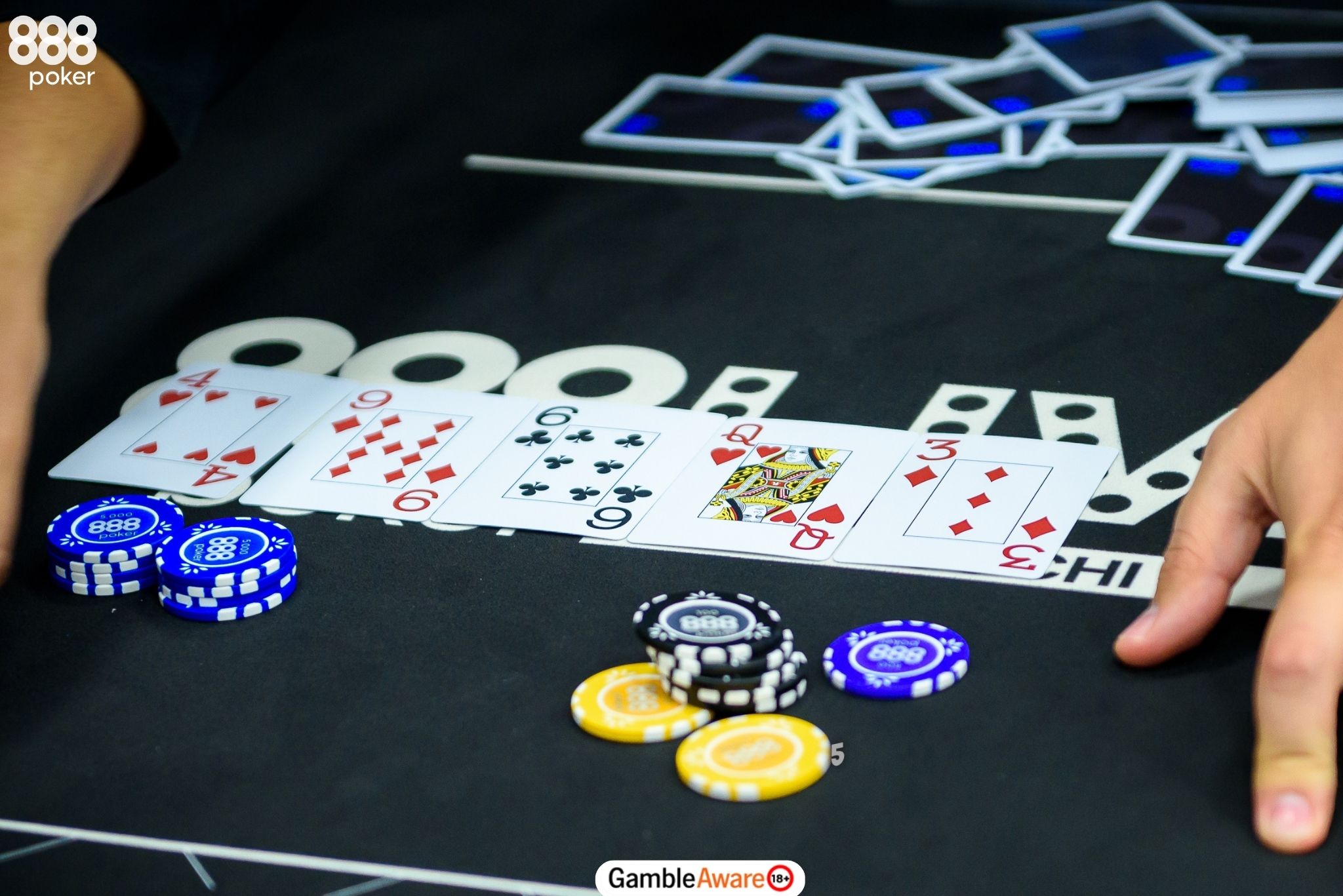
We have top pair with the second-best kicker on the river. Should this hand be considered a bluff catcher?
It depends. Our hand should only be a bluff catcher if we don't expect our opponent to value bet hands worse than ours (or equal). If our opponent is betting on the three streets, they likely have AQ or better. In that case, our hand can be a bluff catcher.
But if they only bet once on the river, they could be value-betting all top-pairs and weaker. Our KQ would not be a bluff catcher because it beats some of the holdings our opponent would value bet.
Example of 'bluff catch' used in a sentence:
We saw our opponent bluffing in this situation before and decided to bluff catch with our mid-strength poker hand.
Bluff Catcher Strategy – How to Use a Bluff Catcher
So, what is a bluff catcher in poker, and how do you use it effectively? Understanding the strategy is a matter of simple maths. If our opponent is bluffing frequently enough, it will be mathematically correct to bluff catch.
The difficulty lies in estimating the frequency of opponents' bluffs on different poker board runouts.
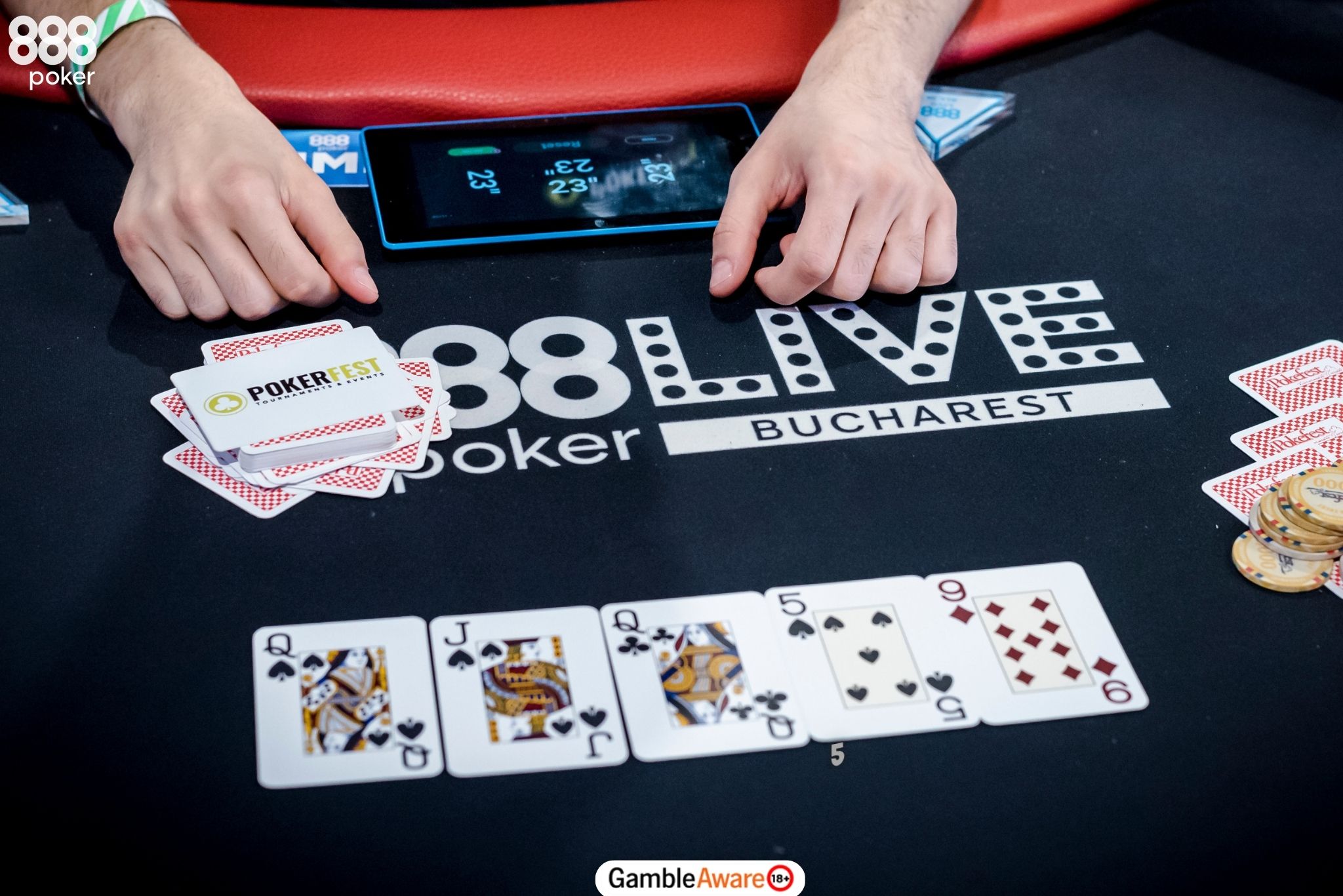
Calculating Pot Odds for Bluff Catch
Any decision on the river call should consider the pot odds. Bluff catching is no different.
Let’s say we have a bluff catcher on the river, and our opponent makes a pot-sized bet. We estimate they're bluffing about 20% of the time.
- We're getting pot odds of 2:1, meaning our call represents about 33.33% of the total pot.
- We need to be right at least that percentage of the time.
If the villain bluffs only 20% of the time, the call would be unprofitable, as the opponent isn't bluffing with a frequency of at least 33.33%.
How to Estimate Bluff Frequency on the River
The above information should be easy to understand, but it's only as good as our estimate of the villain's bluffing tendencies. If our estimates are off, we will make consistently bad decisions, even if our bluff-catching maths is GTO poker razor sharp.
Being able to gauge bluffing frequencies accurately will improve over time and, in most cases, involves the following variables:
General Bluffing Tendencies
A solid bluff catcher strategy begins with understanding that most poker players don't bluff enough on the river. If you doubt the strength of a bluff catcher, folding should be your default.
If you don't have a true bluff catcher (because you win against part of the opponent's value range), calling will almost always be the correct play.
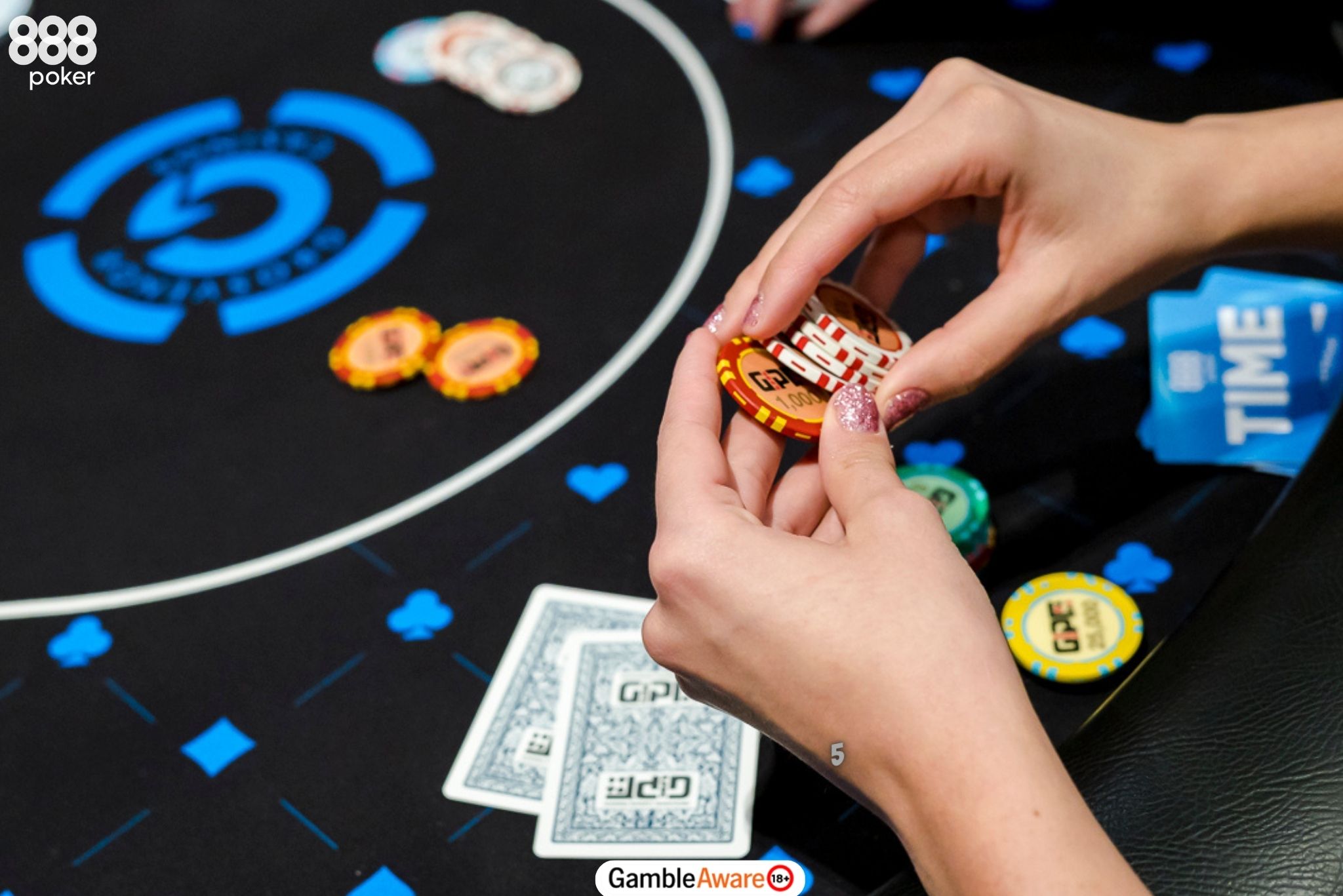
Variables Affecting Bluff Frequency
Learning how to use a bluff catcher requires considering multiple variables:
Number of Streets
The more streets your opponent has bet on, the less likely the bet on the river is a poker bluff.
- A single bet on the river (after the flop and turn have been checked) is generally a bluff with sufficient frequency for you to call with any bluff catcher comfortably.
- Two-street bluffs are borderline, and you should consider other variables before bluff catching.
- The most extreme example is the triple-barrel. When most players bet on the flop, turn, and river, it's doubtful they're bluffing with sufficient frequency to justify the bluff catch.
Remember that for your hand to be a good bluff catcher, it should not be so weak as to lose against the opponent's bluffs.
It should be strong enough to beat their entire bluffing range.
Position
Analysis indicates that, on average, players bluff more frequently out of position (OOP) on the river than in position (IP).
If you're IP, you're more likely to have a profitable bluff catch.
Runout
It's no surprise that players tend to bluff more on boards where many draws didn't materialise. On board textures where all draws complete or form medium-strength made hands, it's unlikely that the opponent is bluffing with sufficient frequency to justify the bluff catch.
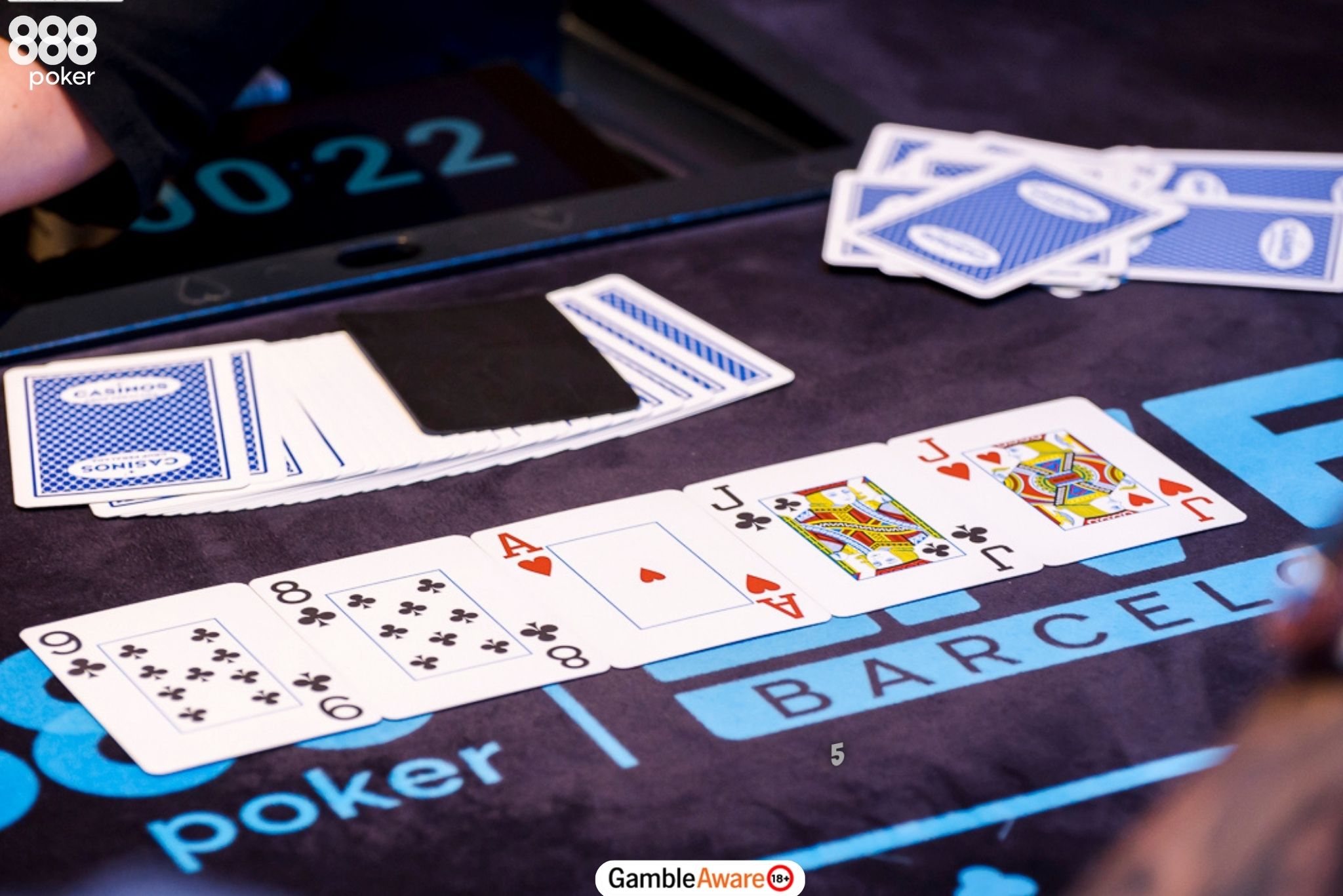
Most players don't have the skill to understand when they should turn a hand with showdown value into a bluff. So, the natural reaction will be to check on the river with any showdown value, which decreases the bluffing frequency on boards where it's rare to have only "air".
In the opposite scenario, with many failed draws on the river, the player is more likely to bluff too frequently.
If they select all hands without showdown value as bluff candidates, they'll end up bluffing more often than they should.
Player Tendencies
Specific reads on individual opponents are essential in deciding whether to make a bluff catch. Some players bluff much more frequently than others. If you know the opponent has a history of aggressive bluffing on the river, you should naturally lean towards the bluff catch.
You can also look for patterns in bet sizing. Some opponents habitually bet half the pot on the river when bluffing.
If you know they bluff with one size and value-bet with another, you can make brutally effective bluff catch decisions.
Blockers
Blockers are cards that make it less likely that our opponent has the top of their range. If we hold the Ace of Diamonds on a 3-diamond board, they can’t have the nut flush. If they’re playing the hand like they do, alarm bells should start ringing.
Let’s say the board is QJ4K6 with no flush draws. You have TT, so you’re holding half of the tens available. If they’re playing the river like they have broadway, you should be suspicious.
If we’re blocking our opponent’s strongest hands, we should be making more bluff-catching calls.
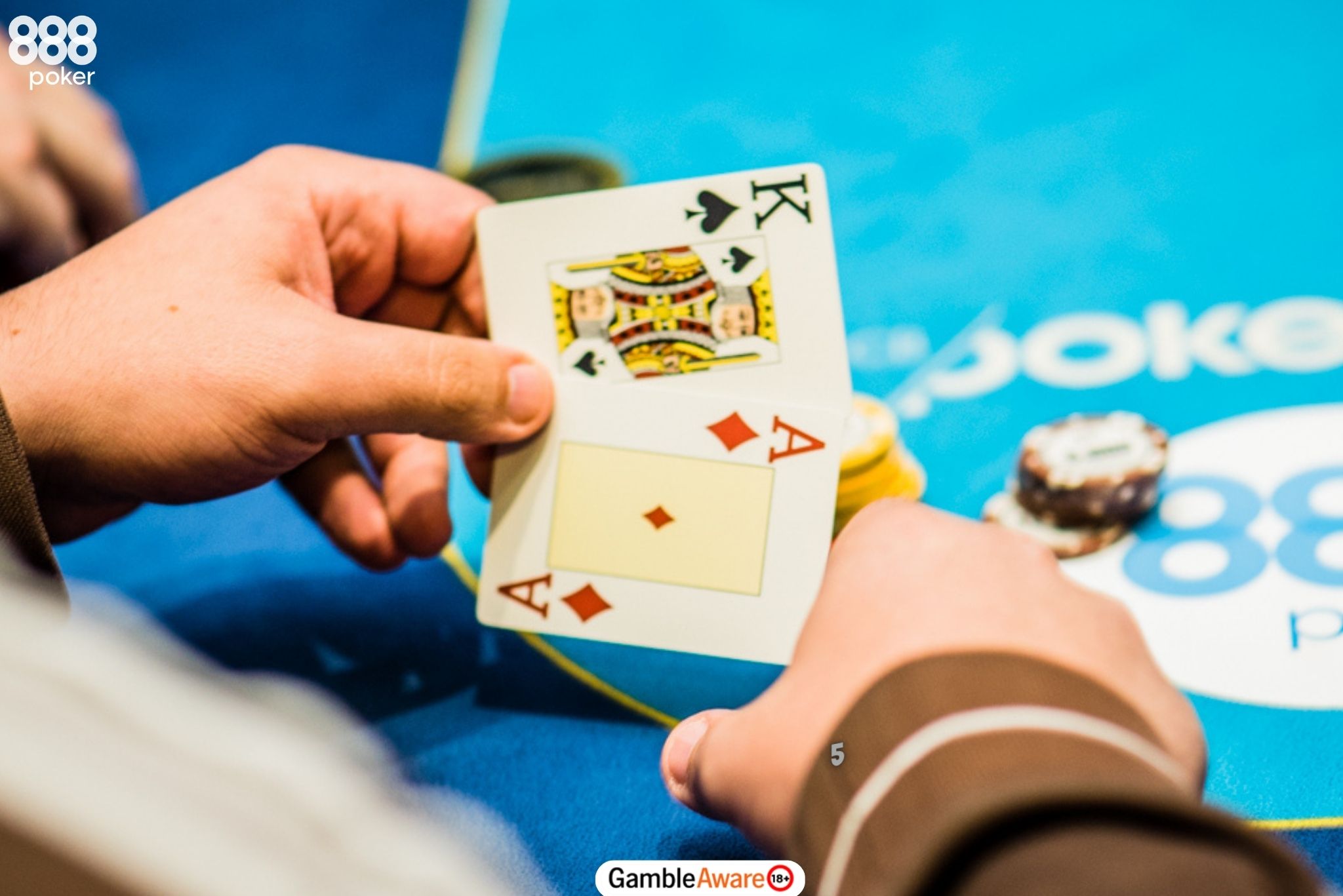
Meta-game Considerations
Successful bluff catches have implications beyond the immediate hand. When you call an opponent's bluff, other observant players will note your ability to make tough calls.
- They may tighten their ranges against you in future hands.
- The player you caught bluffing may also react emotionally - some go on tilt and bluff more frequently, while others tighten up significantly.
Stack sizes after major pots also affect decision-making. A player who loses a big pot may play more desperately or conservatively. You can use this information when facing future bluff catch decisions against them.
Final Thoughts on Bluff Catch in Poker
The next time you're in a bluff catch situation on the river, use the points covered in this article; if most variables indicate a bluff, call. Otherwise, fold.
Bluff catching on earlier streets is significantly more complex, as it involves anticipating what will happen on the following streets.
Read our article about poker equity to learn more about the maths behind these trickier decisions.
Poker Bluff Catch – FAQ
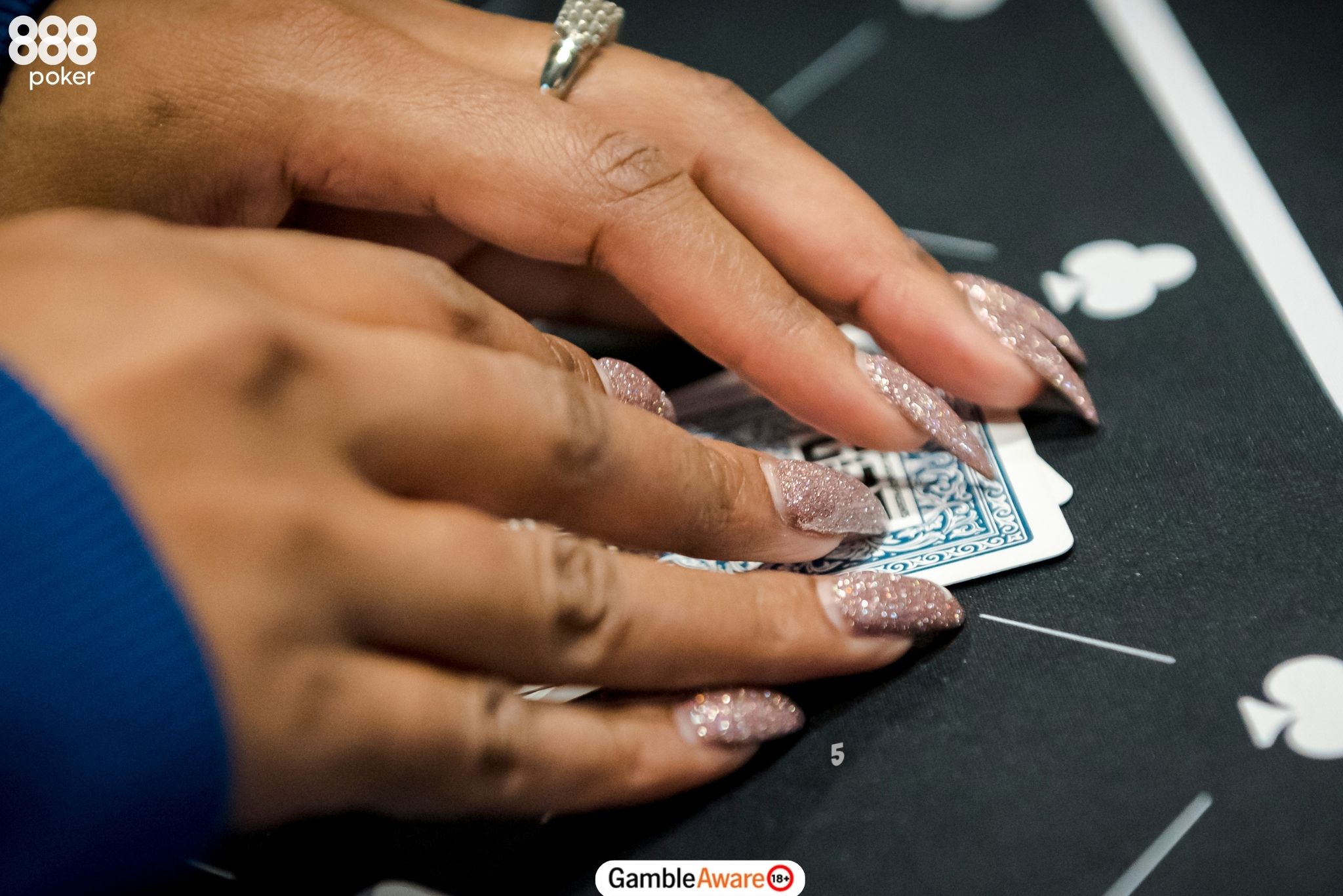
What differentiates a true bluff catcher from a medium-value hand?
A true bluff catcher is a hand that can't win against any part of the opponent's value-betting range but can beat all their bluffs. A medium-value hand, on the other hand, can win against some hands in which an opponent value-bets.
Should I bluff catch more frequently in tournaments or cash games?
The decision to bluff catch should consider the same variables in both formats. However, in poker tournaments, especially in the final stages, players tend to bluff less due to prize pressure.
How can I improve my bluff catch skills?
The best way to improve is to study specific situations with a poker calculator, analyse hands after sessions, and write detailed notes on opponent tendencies.
Experience is fundamental, but you should back it up with theoretical study.
